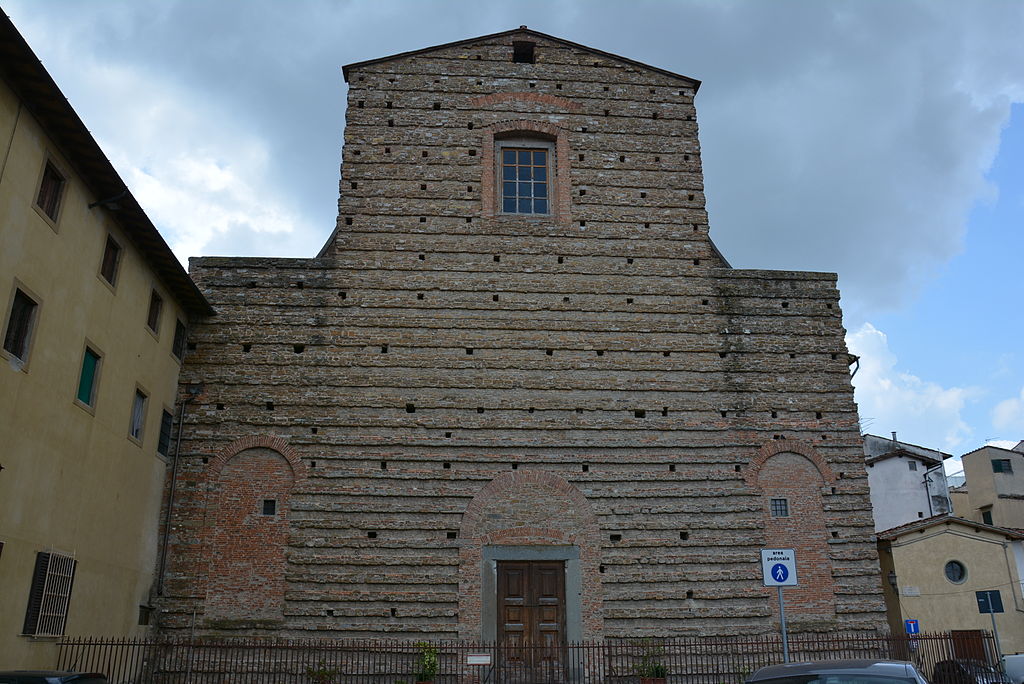Standing tall on the banks of the Arno River in Florence, the Basilica di San Frediano in Cestello is a masterpiece often overshadowed by the city’s more famous landmarks. Yet, beneath its unfinished facade lies a treasure trove of art, architecture, and history, waiting to be explored.
But the intrigue doesn’t stop there:
- A Saint’s Resting Place: The church enshrines the remains of Saint Maria Maddalena de’ Pazzi, a Carmelite mystic revered for her visions. Her presence adds a layer of spiritual significance to the basilica.
-
Artistic Delights: Step inside to be greeted by a luminous interior adorned with breathtaking frescoes. Seek out the Crocifissione by Perugino, a renowned Renaissance master, and marvel at the Cappella del Sacro Cuore, a masterpiece of Baroque design.
-
A Museum Unveiled: Delve deeper into the church’s history by visiting the on-site museum. For a small fee, explore artifacts, paintings, and relics that offer a glimpse into the lives of those who have graced these halls.

Central aisle of the Basilica

Detail of the apse

Painting of the baptism of Jesus
What are you waiting for?
Book your apartment in Florence and come discover this treasure.

